The Velez is an extremely unique hiking jacket. Paramo doesn’t do waterproof ‘shells’ in the conventional sense, since unlike virtually every other manufacturer, it does not rely on a membrane for waterproof-breathable performance.
Instead, Paramo uses the Nikwax Analogy system; a two-layer fabric consisting of a water-repellent polyester outer fabric with a mesh ‘pump liner’ designed to transport moisture away from the body.
The Velez was originally released back in 2016 as a lighter and trimmer-fitting alternative to Paramo’s classic hillwalking jackets. Since then, it has proven to be a popular choice for all sorts of outdoor pursuits (with a slightly shorter hem that works for climbers and cyclists too). The design is now a tried-and-tested mountain favourite, particularly when it comes to on-the-hill comfort and real-world performance.
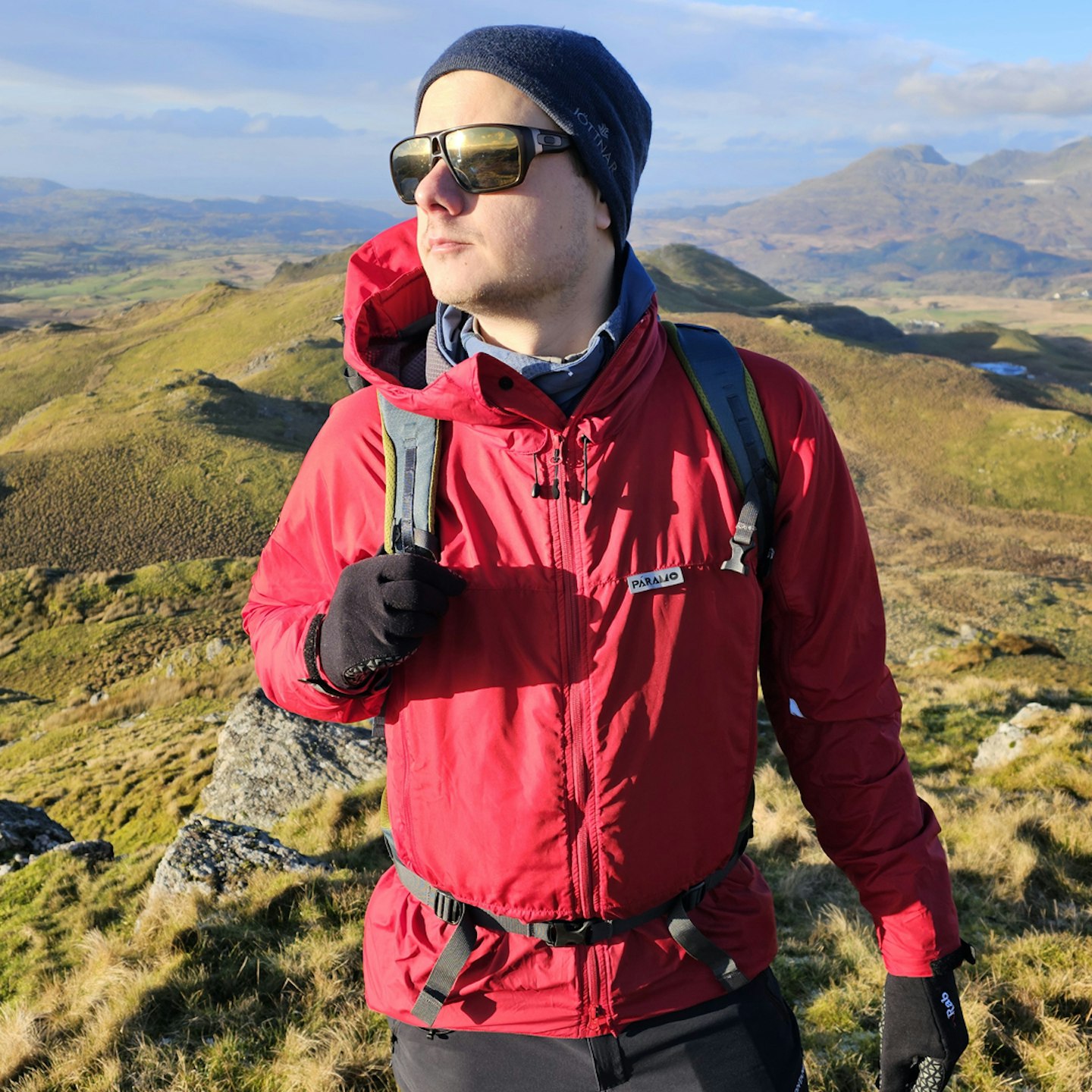 LFTO
LFTOwww.paramo-clothing.com
Pros
- Comfortable
- Warm
- Protective
Cons
- Quite heavy
- Not super packable
| Weight | 650g |
| Fabric | Fair Trade Certified, PFC-free polyester Nikwax Analogy |
| Men's sizes | S - 2XL |
| Women's sizes | XS - XL |
Features
The Velez is replete with all the features required from a technical mountain jacket. You get a protective hood with a wired brim and three-way adjustment, consisting of two face drawcords and a rear volume adjuster. It cinches in well and moves easily with the head, albeit with a little more bulk around the face than some rival designs.

The hem has a drop tail and dual drawcords for easy one-handed adjustment. Cuffs are fully adjustable with sturdy tabs, and the sleeves are fitted with forward-facing zipped arm vents for ventilation. You can further vent the jacket via twin torso vents, which have secondary zippers to give access to two roomy hand pockets, placed high enough to stay out of the way of a climbing harness or rucksack hipbelt. The right-hand pocket has another hidden zipped internal pocket for stashing keys or cards.
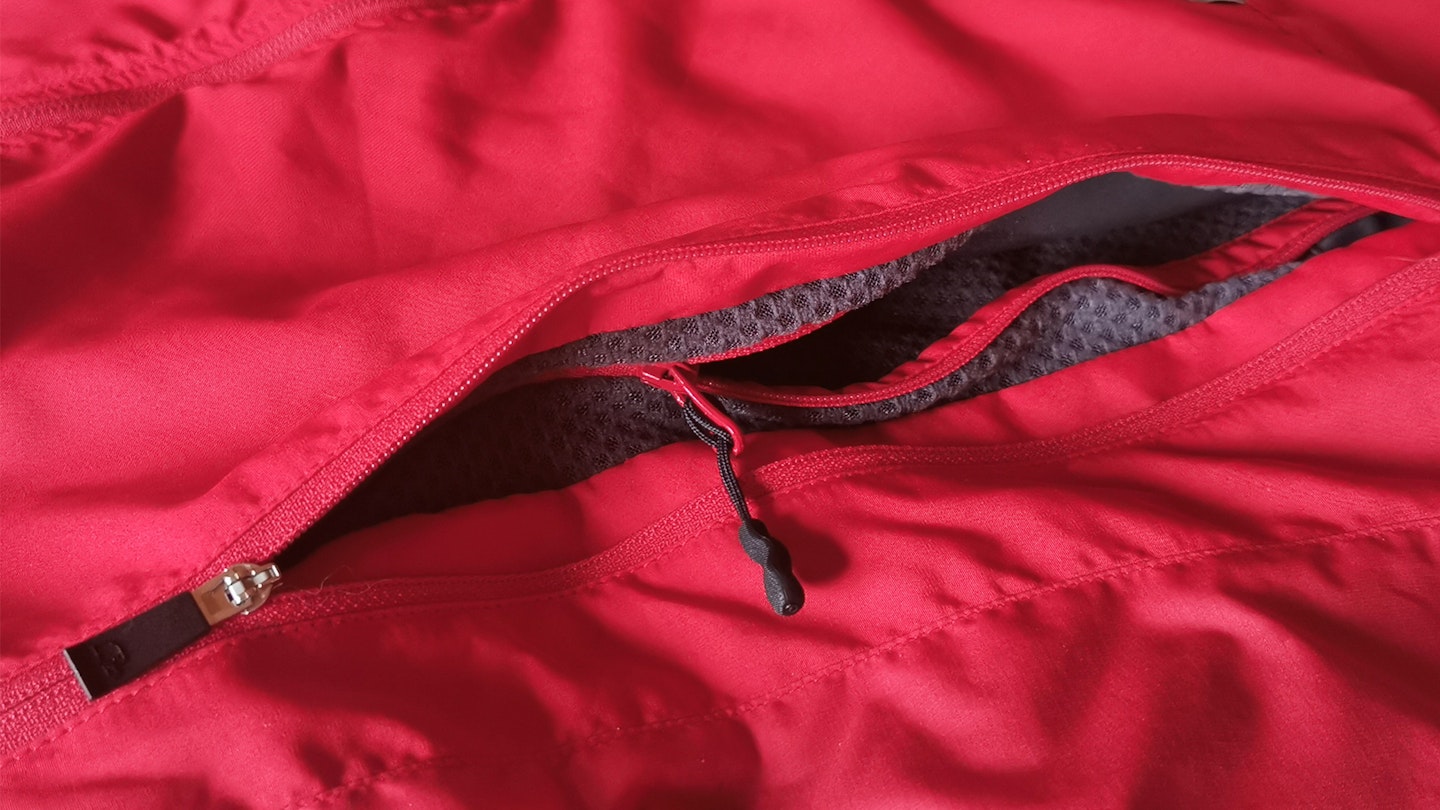
The two-way main zip is backed with a storm flap, which is fitted with press studs along its length. Again, this allows for even more ventilation without letting the jacket billow open. A chin guard at the top prevents irritation.
Fit
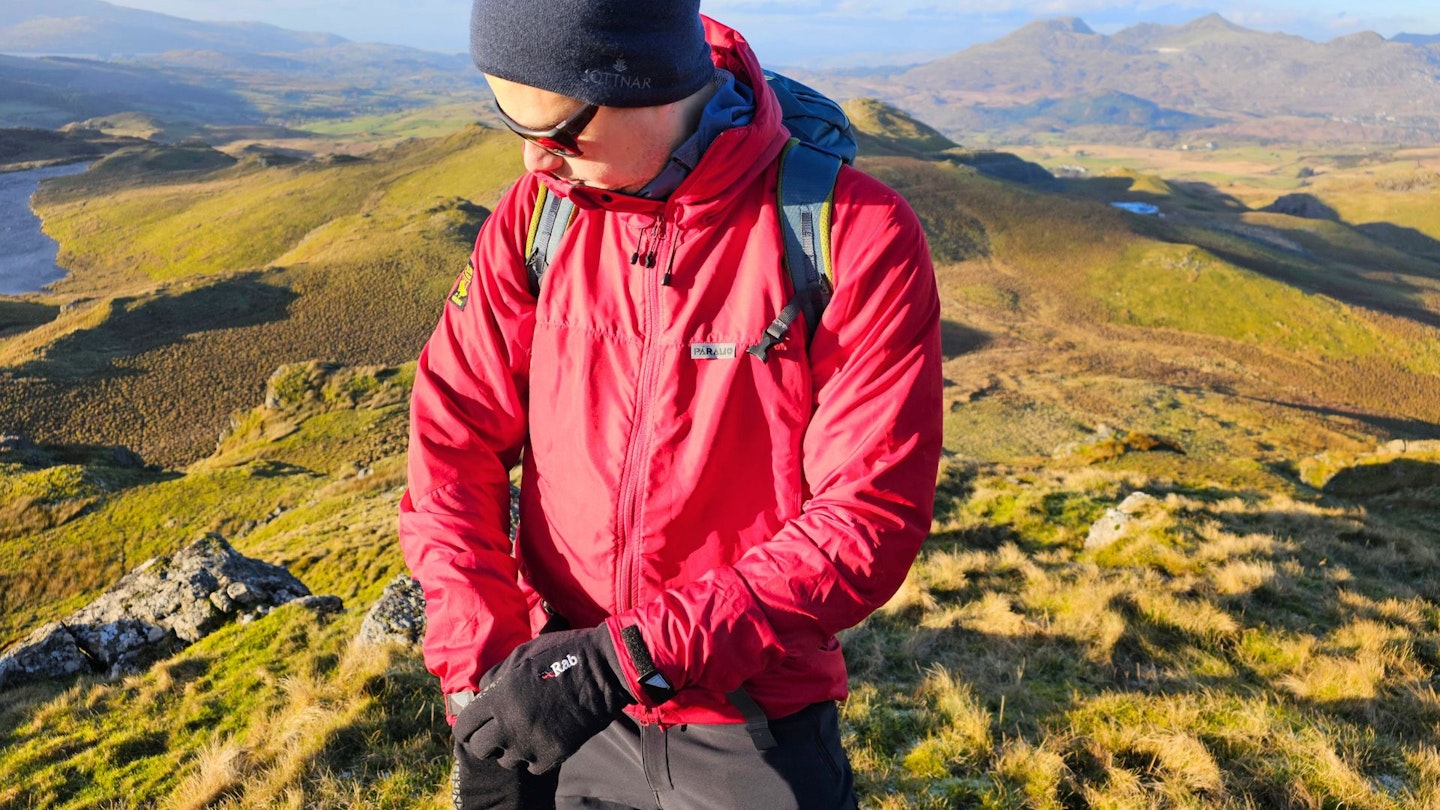
Paramo garments were long criticised for their voluminous and slightly outdated fit. But the release of the Velez marked a change in design approach, with a modernised, trimmer cut that reduced bulk, bunching and billowing from excess fabric. However, it still provides good all-round coverage, with long sleeves and a dropped rear hem.
Fabric
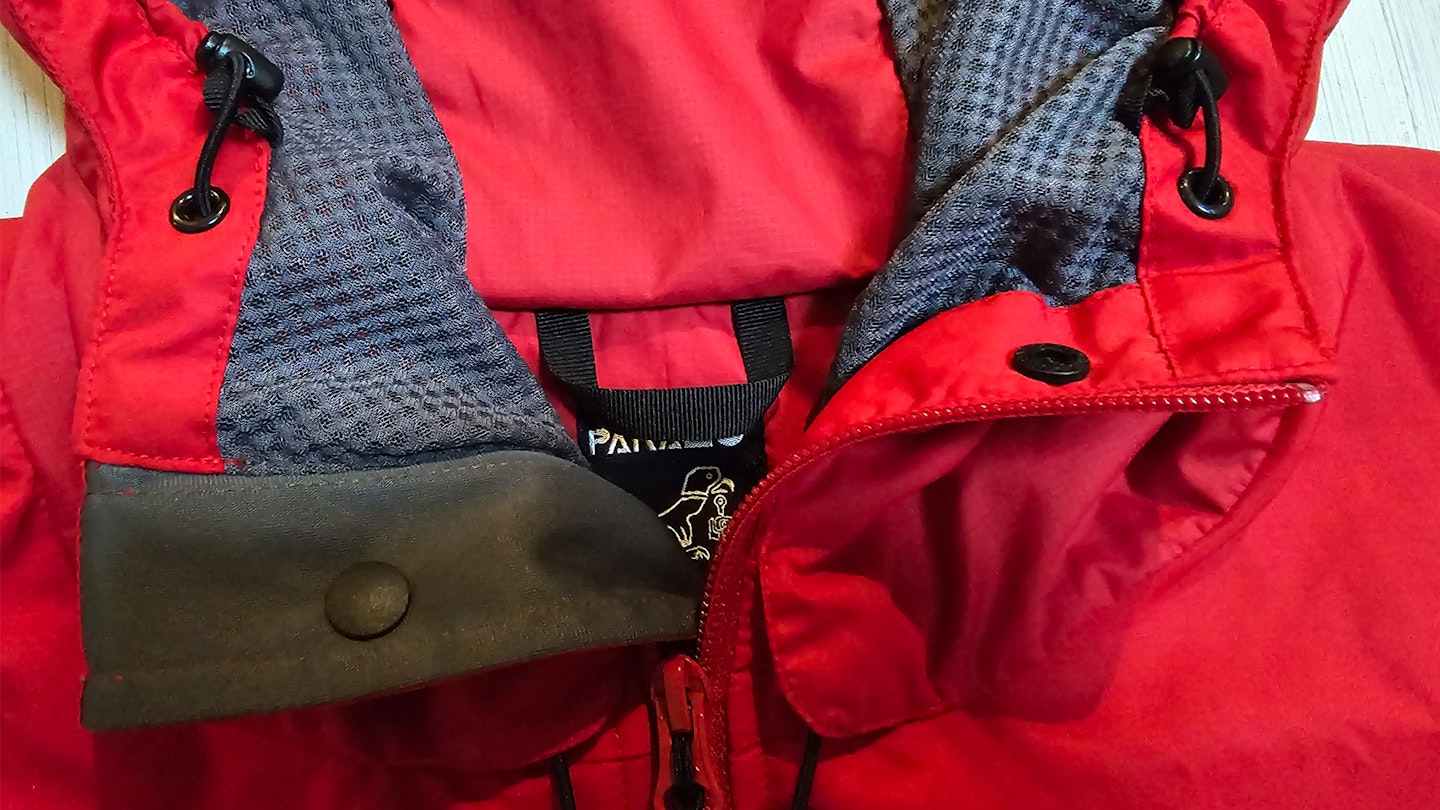
Paramo jackets are renowned for their comfort, since the polyester fabrics feel soft and pliable, without the classic crisp-packet crinkle of a Gore-Tex hard shell. The lined construction also adds a little extra insulation compared to most rivals. This is a bonus in cold conditions but a drawback in milder weather, when it is admittedly easy to overheat. Fortunately, the ability to vent the jacket largely overcomes this drawback.
The ripstop outer fabric is reasonably durable, and one advantage of the Nikwax Analogy system is that it will continue to work even if the fabric is punctured. The Velez does lack the stiffness of a nylon shell though, which sometimes means it feels a bit flappy in high winds.

The Velez uses a combination of Nikwax Analogy and Analogy Light fabric panels to save weight. As a result, it’s about 200g lighter than the Alta III jacket. But let’s keep that in context – the Velez still weighs 600g, which is twice as heavy as the Arc’teryx Beta shell we tested alongside the Velez.
Sustainability
As a brand, Paramo has long been regarded as an industry leader in sustainability. It’s no surprise then that from an environmental standpoint, the Velez scores extremely highly. It is ethically manufactured via a long-standing partnership with the Miquelina foundation in Colombia.
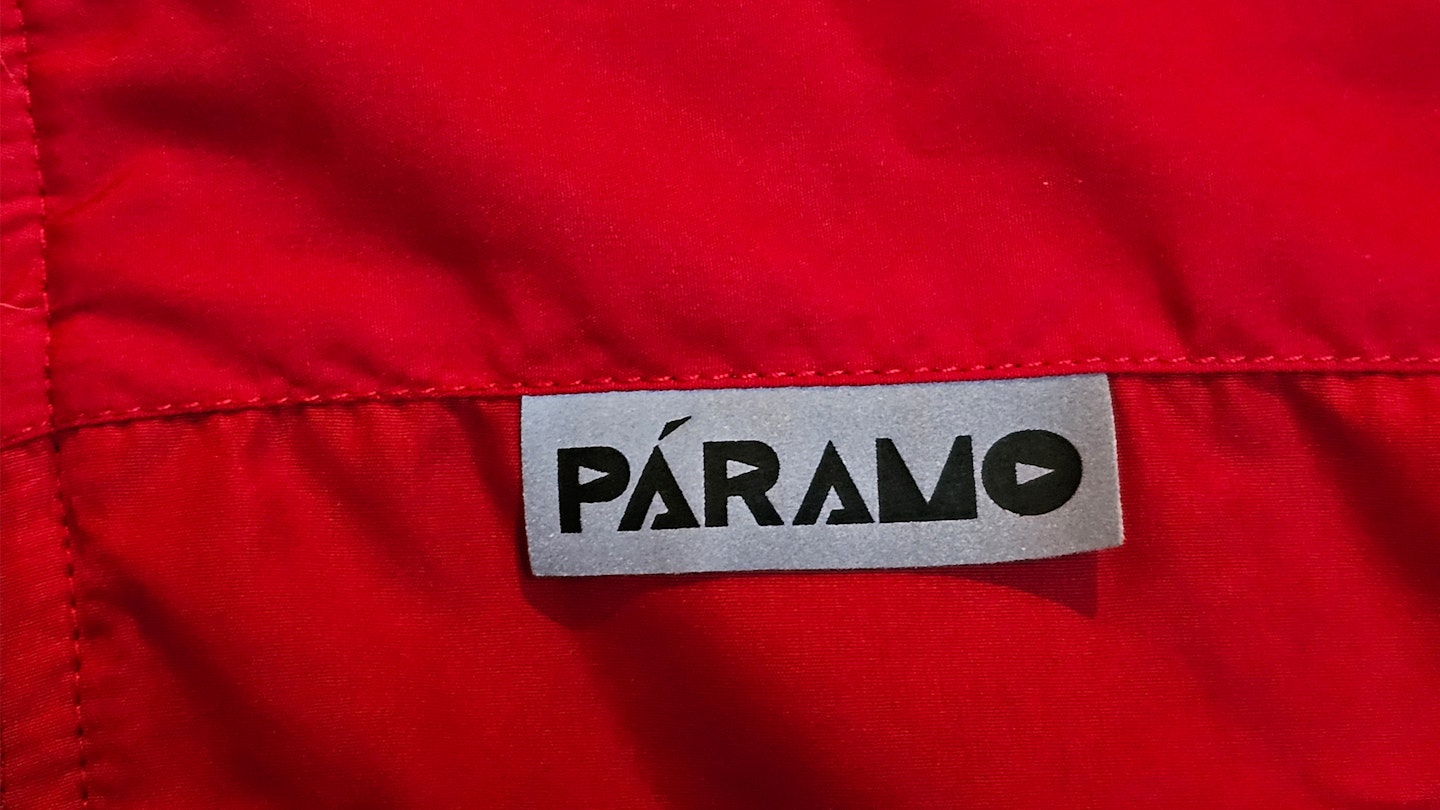
The jacket is made entirely from polyester, which ensures it is more easily recyclable as the end of its useful life (though the fabric itself is not made from recycled fibres). Paramo offers a limited lifetime guarantee and a garment repair service to help extend the serviceable life of each product. Moreover, the jacket does not rely on PFC-based treatments for water-repellence, instead using water-based Nikwax cleaners and reproofers.
Price and performance
On test in the mountains of Snowdonia, the Velez was able to consistently keep the rain out whilst wicking sweat away efficiently and providing plenty of cooling through the well-placed vents. This largely overcomes the fact that the lined construction is a tad weightier, bulkier and warmer than conventional shells, though it’s still lighter than most Paramo jackets. And if you feel the cold, the added warmth is a plus, as it means you can get away with wearing one less layer underneath. This actually means you could feasibly use this jacket year-round, rather than needing a heftier winter waterproof.
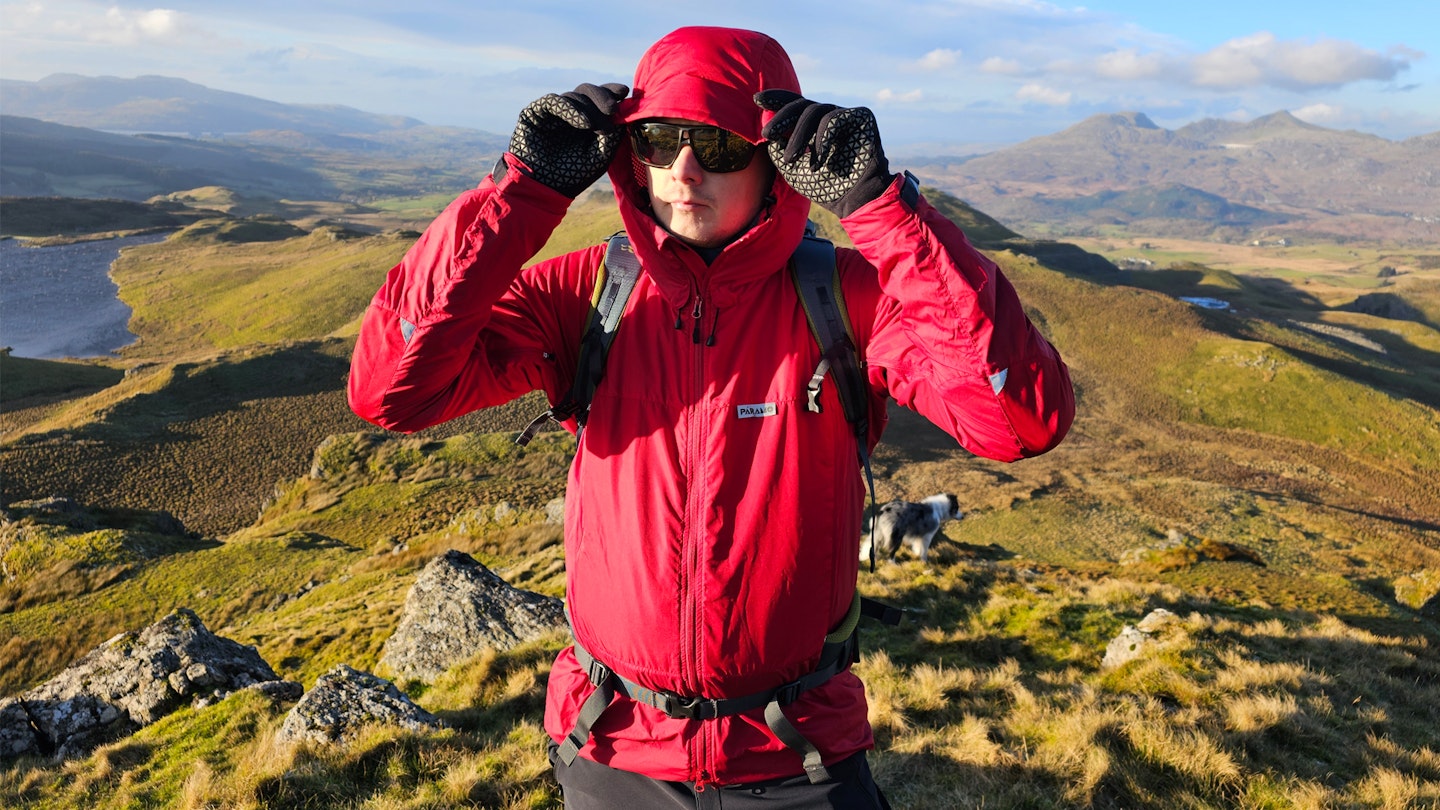
Its only real drawback is that its relative bulk means this isn’t the lightest or most packable jacket if you’re carrying it in a pack.
In contrast to several other outdoor brands, who have hiked their prices recently, the £300 RRP of the Velez has also stayed the same year-on-year, which actually makes this an increasingly good value buy.
Verdict
The Paramo Velez is an unusual but effective design that has many devotees. It's a great choice if you don’t mind a little extra weight and bulk in exchange for additional comfort, warmth and weather protection.
How we tested
Our tester Matt Jones took this on the Pennine Way back in September, a three-week, 268-mile backpacking trip that starts in the Peak District and finishes in the Scottish Borders. It was a good test for this shell, and it came through with flying colours, despite seeing plenty of punishment over Cross Fell and in the Cheviot Hills.
